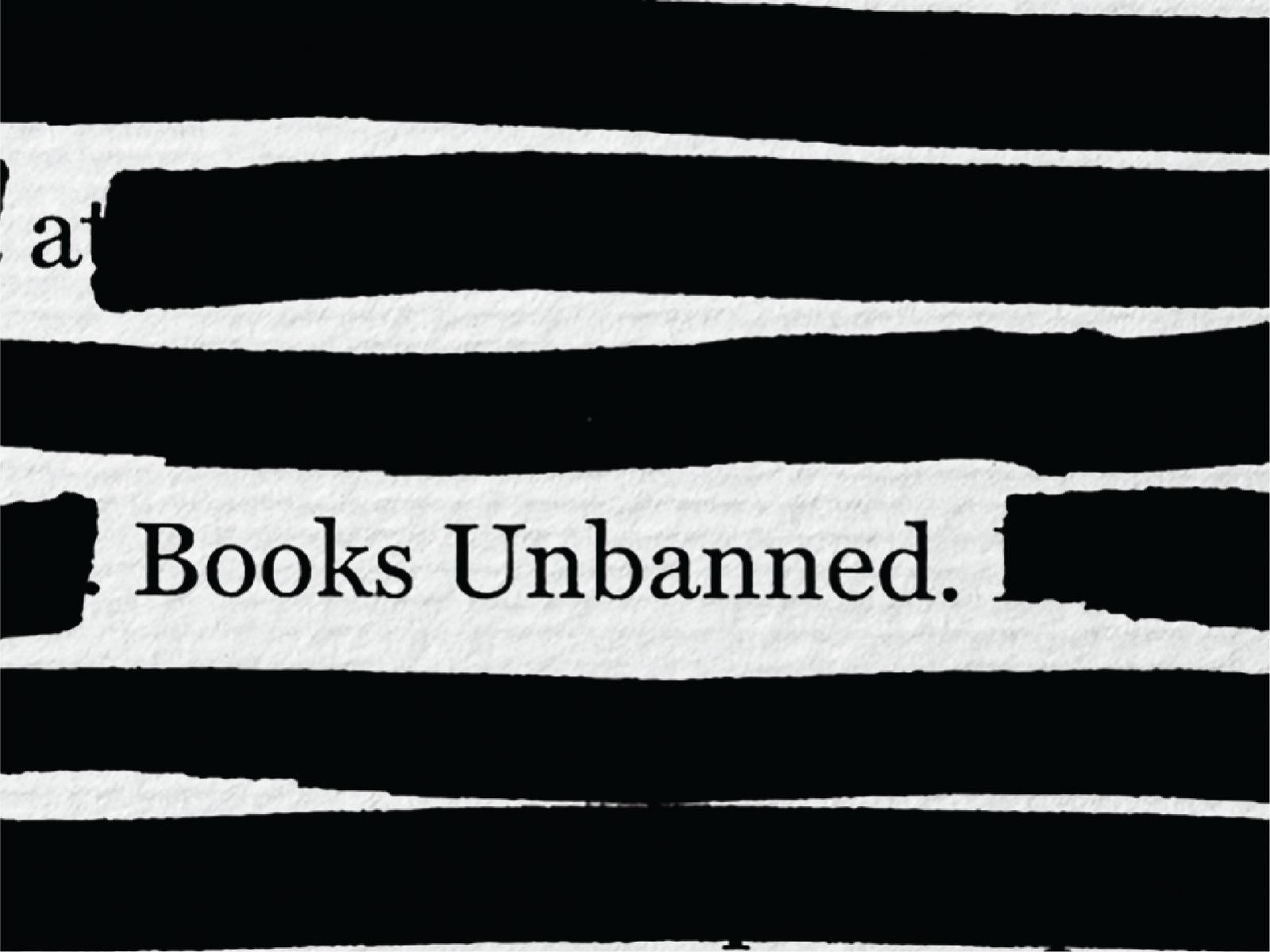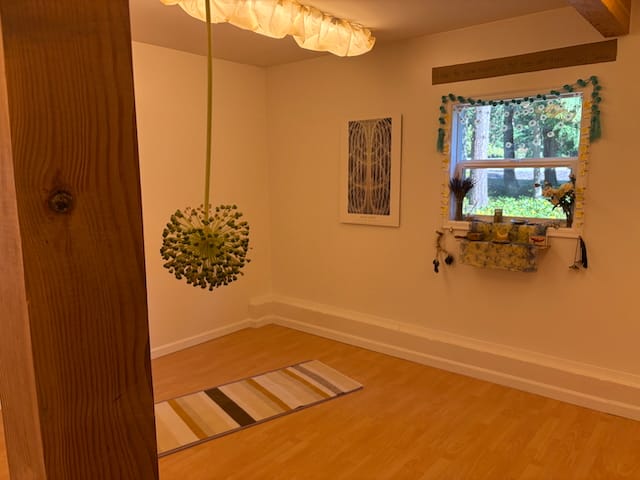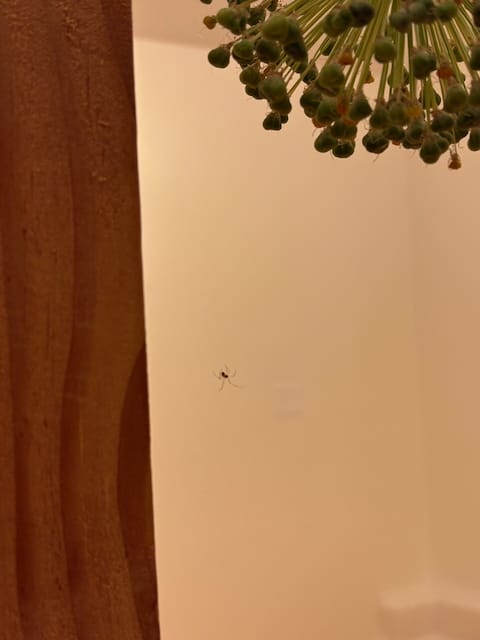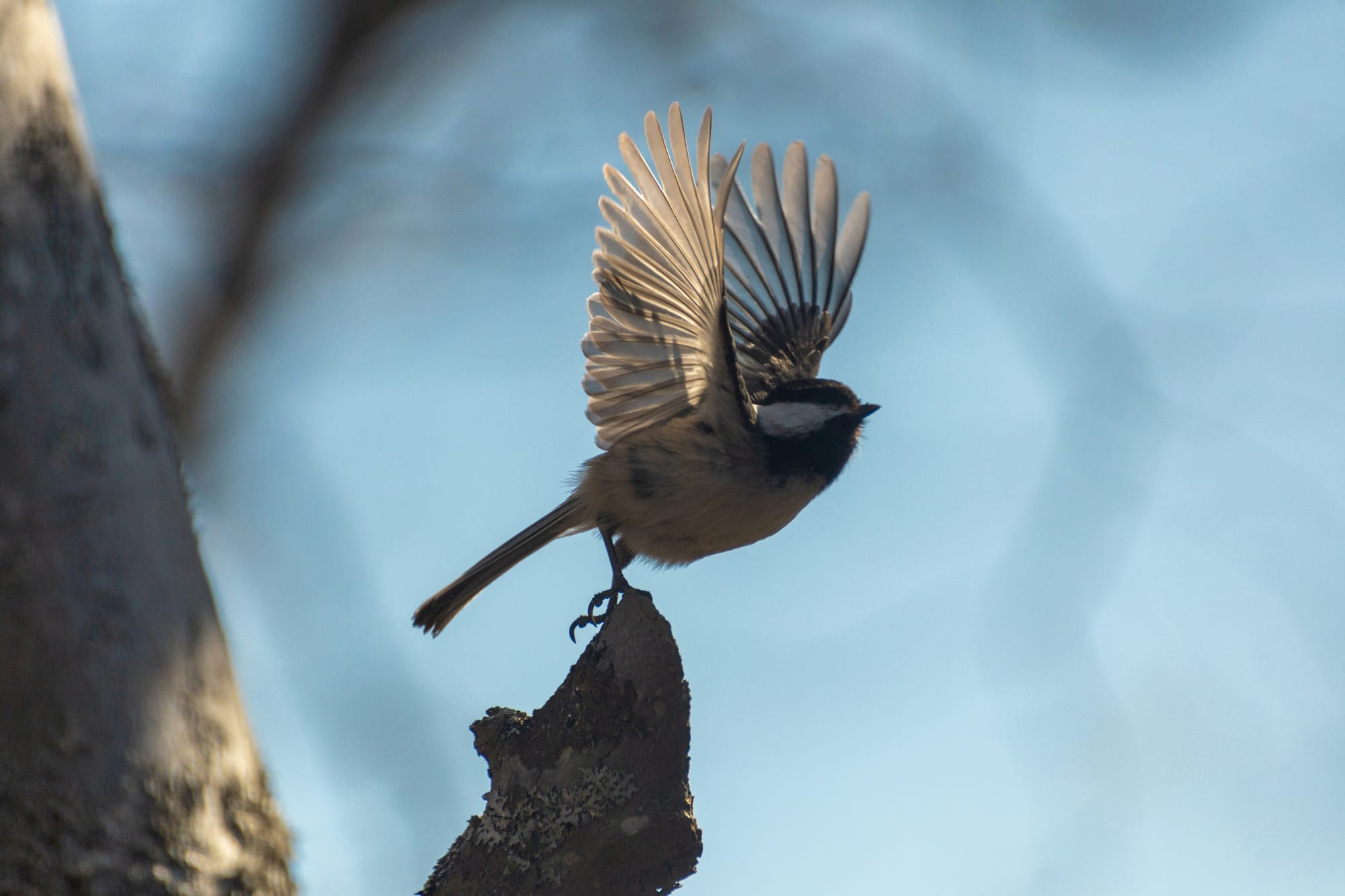Beloved friends,
One of the most interesting parts of my work is getting to talk to people about their internal experience of being human. I never cease to feel amazed, delighted, and honored to learn about how each of us relates to the experience of being alive. This is how I think of meditation: as a space in which we cultivate friendly curiosity toward our experience of living.
Lots of people think of meditation as a discipline, and I was initially taught it this way myself by the monks; Patanjali's classical yoga sutras define yoga (in sutra 1.2) as Yogas citta vrtti nirodhah, or The cessation of the modifications of the mindstuff is yoga. I dutifully strove to focus my mind so strongly on a point of concentration that my mind would stop generating thoughts. These efforts brought me some peace, but also a tremendous amount of frustration and self-judgement.
We didn't have many conversations about neurodiversity at that time, and I didn't yet understand that the funny family stories about how as an infant I screamed when I was set down in grass and that odd thing where I can't hear when I am engrossed in reading were clues to my wiring that could have been kind to me as a meditator. I used to think that I "had a very quick nature". Turns out that what I actually have is sensory processing sensitivity and was hyper because I was chronically overstimulated. Sensory processing sensitivity, which leads a person to feel sensation strongly and process it deeply, is common; 20-30% of people are like this, and that it is spread among many species! We're the creatures that would notice that the water tastes a little funny or smell distant smoke. This is one of the reasons that yoga and meditation felt so good to me when I first encountered them: they gave me tools to relate with more skill to my easily-overstimulated nervous system. Coming to meditation overstimulated, exhausted, and hyper, though, meant that meditation was quite challenging; being alone with myself in my mind felt at first like being in a hailstorm coming from six directions!
Over the years I've learned gentler ways. Meditation can have an orientation to focus – or to openness! Open-oriented meditation just allows, watches, keeps company with the dance of the mind, accepts thoughts and feelings as natural, watches it all; as one of my teachers would say, "Isn't it all interesting!"
Once you root into a friendly, curious, open orientation to the mind, even focus-oriented practice can become a gentler thing. Right now I'm using the language common to meditation generally; in my own teaching, I first shifted from speaking of focus-oriented practice to what I called COSA practice, or cultivation of steadier attention. Then I got gentler still, speaking of the relation to the thoughts and feelings as a set of choices rather than a process of control, and using language like "resting place for the mind" or "touchstone" instead of "point of concentration." I learned how to help people find their own natural doorways into meditative states, how to help folks discover the things in which they become so absorbed that they lose track of time, and how to use these to cultivate personal meditation practices.
My friend Kathleen has formed her practice in a beautiful way and I'm grateful for her permission to share it with you. As we wove threads of meditation into our yoga class and she observed the busy thoughts in her mind, she came to think of them as being like the chickadees in the trees outside the temple, flitting about amongst the branches of her mind, chittering away. This gave her a warm, friendly tone toward her thoughts; quite different that the judgmental, forceful, or combative tones we often develop when trying to control our thoughts. Kathleen just sat and watched the chickadee. In doing this, she developed a capacity to witness her mind, to witness the dance of the mindstuff, the citta vrittis, as the yogis would say.
When she wishes to ease the pace of her thoughts, Kathleen imagines the chickadee gradually flitting among the branches more slowly, settling down. As a meditation teacher, I find this absolutely brilliant. Watching the chickadee lets her witness the processes of her mind. This is a fundamental basic step in meditation, the ability to witness the thoughts, to watch the waves of the sea rather than experiencing yourself as the cresting froth. It gives you a little space between thoughts and feelings and actions.
My morning today is a good practical example of this: I woke cranky. Super cranky! A younger me would have said THAT SUCKS AND THAT SUCKS AND THAT SUCKS TOO. OF COURSE IT DOES BECAUSE THE WORLD IS ON FIRE. Me-now saw that I was the constant here and wondered: "Why am I in this terrible mood?" I remembered waking thirsty in the night, and the last couple of nights – and realized I'd taken an antihistamine at bedime for a few days. Aha! I'm waking quite underhydrated, therefore cranky. I can shift to taking that support in the morning when needed and increase my hydration when doing so. The world is still on fire, but I can meet it in a gentler mood because I can to reflect upon myself to seek understanding.
Kathleen's visualization is endearing, which inclines her to friendliness toward her thoughts. This is one of the most healing things we can do: cultivate friendliness toward our thoughts and feelings. Brilliant! The fact that she has a little space and this friendly, curious, tone makes it easier for her to cultivate internal change, too, inviting a little more quiet in a way that feels loving, friendly, supportive. So different from young me with tears rolling down my face wondering if I'd ever be able to control my unruly mind!
Personal symbols are powerful tools: empowering, meaningful, intimate; the creation of such things often arises spontaneously in meditation because we humans are creatures who adore symbol and have great gifts in creating and using them. Deep bows and thanks to my friend for sharing hers with me, with our local community in class, and with you here.
All are welcome to join my weekly Meditation Gathering Tuesdays 8-8:55am Pacific Time. This session is freely given; donations are ever welcome.
Resources
We are Not Alone
Did you know that green-rumped parrotlets have names? And they are given by their parents? You can listen or read more on NPR, and then you, too, will have an excuse to say, "green-rumped parrotlet" and talk about more-than-human sapience!
Provocative Art
Have you heard about the methaphone? It's a clear acrylic mock-phone. More. Thanks to Tricia
We Contain Multitudes
"The Most Mysterious Cells in Our Bodies Don’t Belong to Us: You carry literal pieces of your mom—and maybe your grandma, and your siblings, and your aunts and uncles" says Katherine J. Wu in The Atlantic. During pregnancy, cells from the fetus are transferred to the gestating parent. This entirely normal phenomenon, microchimerism, can lead to astonishing events we are just beginning to explore. Read or listen to more: Atlantic gift link. Thanks to Aimee
We Inter-Are
And a whole lot of me is currently sugar snap peas grown nearby and cooked simply and briefly as Ina Garten suggests: sauteed 3-5 minutes in olive oil with salt and pepper.
Knowledge is Power
The Brooklyn Public Library has responded to the growing tide of censorship of reading materials for young people by making library cards free and available to any person aged 13-21 in the United States via their Books Unbanned program, excellent information to share with people you love who live in conservative places, or with any young people who need more access to free reading materials.

Resistance
It is with a tender heart and profound gratitude that I share with you that Joanna Macy, mother of the Deep ecology movement, is receiving hospice care at her home in Berkeley. We have had 96 years of this force of nature, and her time to flow onward is near.
Jess Serrante is a carrier of her work. You can hear them together on the podcast We Are the Great Turning and you can hear Jess describe her final time with Joanna in her newsletter.
I offer my deepest bows of gratitude to Joanna for a life devoted to the greater good of us all. I hope and pray that her passing leads to many moments like this one in which her name is spoken and her work is spread. May her transition beyond human form spread the seeds of her work ever wider.
I'm planning to listen to her in conversation with Krista Tippett on On Being and invite you to join me. Here is a translation that she made with Anita Barrow of a poem by Rainer Maria Rilke.
Sonnets to Orpheus II, 29
Quiet friend who has come so far,
feel how your breathing makes more space around you.
Let this darkness be a bell tower
and you the bell. As you ring,
what batters you becomes your strength.
Move back and forth into the change.
What is it like, such intensity of pain?
If the drink is bitter, turn yourself to wine.
In this uncontainable night,
be the mystery at the crossroads of your senses,
the meaning discovered there.
And if the world has ceased to hear you,
say to the silent earth: I flow.
To the rushing water, speak: I am.
Feeding the Teacher
Thank you for your time and attention; it is a joy to share this world with you. If you'd like to support my work as a writer and healing artist, you can become a paying subscriber to this newsletter or make a one-time donation. Shopping in my Bookshop sends a 10% commission my way. Sharing my newsletter with a friend to spread my work is a wonderful gift, too.


I am blessed to have a flower farmer as a friend-and-student. Emmy Gran of Fabled Flora brought me this most excellent allium wand to yoga this week. I immediately hung it in the temple. Later when I brought James to meet it, we found it had come with a very small and likely very surprised guest.
